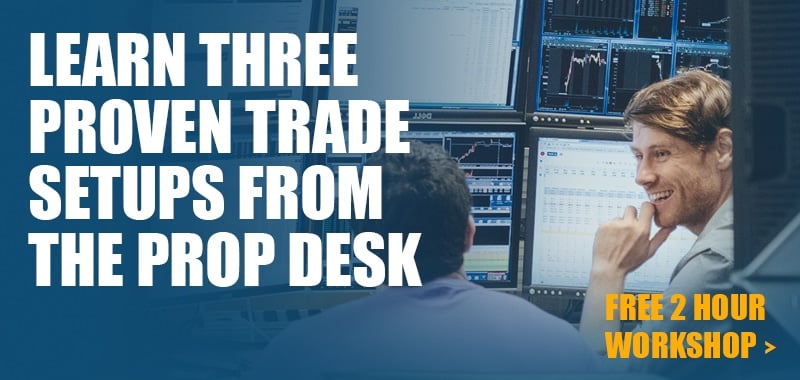One talented developing trader we work with is struggling with making poor fade trades and controlling his risk. I know many in the trading community struggle with poor fade trades and losing too much in lesser trades. The exchange between this trader, his solutions, and my response might be able to help.
After a huge rip and then bounce back day he wrote:
Needed a good bounce back / confidence booster day today. I find that these 1500-2k+ days are coming easier and easier which gives me confidence..I talked to Steve and he gave me some really good advice on Friday that i think will help me plug this fading leak. He said on Friday re: JNS – “i didn’t know how to quantify the JNS news – is bill gross worth a 30% premium to JNS or 200%? I don’t know.”
So I wrote down a few things to help me with the fading problem:
a.) Is the news chatter or real? (JNS was clearly real)
b.) Did the news come from a reputable ‘tier’ firm or was it an unusually large pop on NO news?
c.) Can I quantify my risk given the news is “real?” (If the there is no news I can trade a tad bigger.)
d.) If I cannot quantify what for example Bill Gross is worth to JNS I’m certainly no analyst or fundamental trader who follows JNS day in day out), and I still feel like its a B setup, trade with smaller size on the fade. Stocks popping on REAL news I am going to avoid/trade with much smaller size.
What do you think? Anything to add?
@MikeBellafiore
This is a Gr8 start and example of an opportunity to learn from past mistakes.
I would add being careful to fade:
1) a low volume stock
2) a low float stock
3) a momentum stock (think GPRO)
4) a low priced stock (similar to 3 that momentum traders can move higher without much capital because the stock is so cheap)
I would add, based on percentages, determining what you are willing to risk of your intraday stop on one stock in a fade play. It doesn’t make sense to lose all of your intraday stop in one stock with one trade setup. This takes you out of the game on other intraday opportunities that may be easy trades. For example, you might agree to lose 30 percent of your intraday stop fading a JNS play.
You might react oh come on Bella 30 percent of my stop is so little to risk in a trade. How can I make big money with such a small loss limit?
Because our goal is to get you to become a scaleable trader in control of your risk with an edge. From here we can move your stop loss much higher and 30 percent of that intraday loss limit can be quite a large number.
“You can be better tomorrow than you are today!”
Mike Bellafiore is the Co-Founder of SMB Capital and SMBU, which provides trading education in stocks, options, forex and futures. Bella is the author of One Good Trade and The PlayBook.
He welcomes your trading questions at mbellafiore@smbcap.com.
no relevant positions


3 Comments on “How to Stop Making Bad Fade Trades”
If one trades with a constant $ amount stop loss per trade , then just adjust your position size for the greater volatility. Does this make sense?
100%. as volatility increases adjust your position size down accordingly…
“greater volatility”? Or is the more accurate statement: “… adjust your position size for STOP DISTANCE”? I contend it’s the former. Every high odds setup that offers at time of entry a clear path to a high reward level (bare minimum 1:2 RR or better) with no visible roadblocks has a DEFINITIVE AREA PROVEN WRONG…regardless of volatility. The variable that ultimately determines actual stop distance to that point is entry technique– which will result in a tight/moderate/wide descriptor. Whatever the distance…position sizing for max 1R loss is number one rule… but if one is comfortable with getting in early on a signal vs a confirmation entry- the result is an exponentially better RR ratio to the reward target. Max 1R per trade should not be exceeded… yet a formula also in place for MAX LOSS FOR DAY also is needed. It is pure foolishness to take a single trade position sizing for MAX LOSS FOR DAY– due to the uncertainty that exists on each and every trade- regardless of the odds it presents. Vegas doesn’t operate this way- neither should we as risk managers. With this in mind- this begs the question also- why in the world would we ever take anything except an A+ setup? If its a B trade- sizing down with smaller 1R makes no sense- if odds are against us anyway. Might as well put money in the street and bet it will be there tomorrow.